Lose an Extra 5 Pounds Per Month by Eliminating These 3 Things From Your Diet

Dave (@trainwithdave) is an Orange County, California based personal trainer and social media influencer, whose company, Train with Dave, helps people around the country become the best version of themselves. In one of Dave's viral videos, the fitness expert claims that eliminating just three things from your diet can help you lose weight — as much as an extra 5 pounds per month. "You could be losing an extra five pounds per month if you do these three simple things," he says in it. We also asked The Diet Diva, Tara Collingwood, MS, RDN, CSSD, LD/N, ACSM-CPT, a Board Certified Sports Dietitian, to weigh in on his suggestions.
He Says: Cut Out Oil
@trainwithdave_ Lose weight fast with these 3 fat loss tips. To lose an extra 5lbs a month try cutting out oils and using zero calorie oils instead. After that try buying leaner meats like chicken or tuna. And lastly, watch out for high calorie liquid sauces. Walden farms however has zero calorie sauces and we buy those and use them ourselves! #weightlossdiet #zerocalorieoil #fatlosscoach #leanmeats #caloricdeficit #caloricintake #fatlosseducation #personaltrainer #trainwithdave #healthyfoodoptions ♬ Blade Runner 2049 – Synthwave Goose
"Number one is cut out oil," says Dave. "Oil is probably the most calorie-dense food on the market." He adds that "if you're having one tablespoon of oil with every meal, that's going to be 12,000 extra calories," a month, "which that alone is actually three pounds of body fat."
RD Says
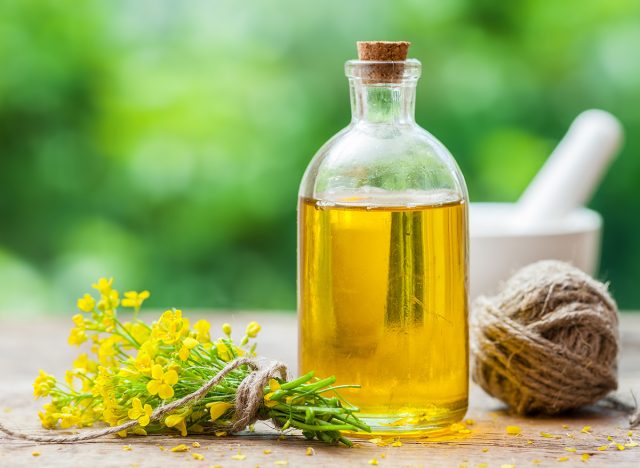
"One Tablespoon of oil (of any kind) is 120 calories," Collingwood confirms. "That is a lot of calories for something that is a pretty small amount and won't really fill you up. For cooking and taste purposes we do tend to need to use some oil, but I agree that it is a good idea to try to use it sparingly. Definitely cut out the dipping of bread in oil. Use nonstick pans and a cooking spray or a spritzer of olive oil instead of pouring a large amount into the skillet."
Related: 10 of the Worst Mistakes Experts Admit They Made While Trying to Lose Weight
He Says: Swap Out Fattier Meats for Lean Meats
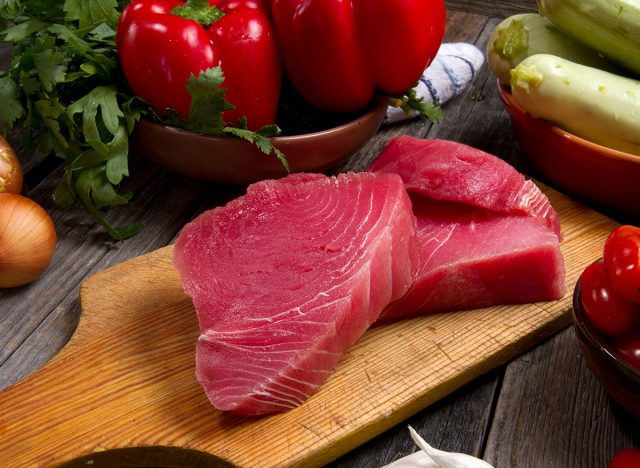
His second suggestion: "Prioritize lean meats, not fattier meats," he says. "Tuna, chicken, shrimp, lean ground beef, all great options. It's all a lot less calories than something like a ribeye."
RD Says
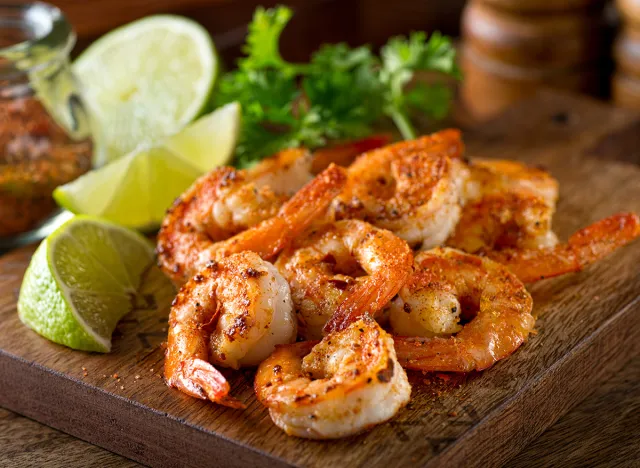
Collingwood adds that lean meats are filling and can be very tasty if cooked well. "You don't need the fatty cuts of steak or greasy hamburgers or skin on the chicken for the food to taste good. Use seasonings to enhance flavor as needed for the lean protein," she suggests.
He Says: Be Careful with Condiments
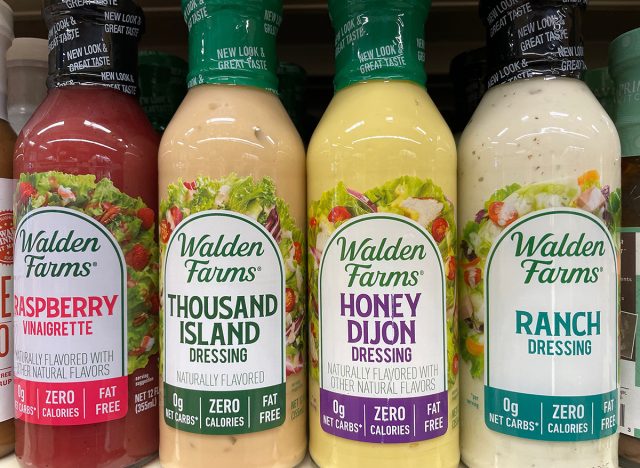
The third way is to "watch out on the sauces," warns Dave. He explains that liquid sauces that go on food are generally "very calorie dense" and the calories can add up fast. He recommends a brand called Walden Farms. It's all zero calories," he says.
Related: 15 Foods That Fight Fat
RD Says
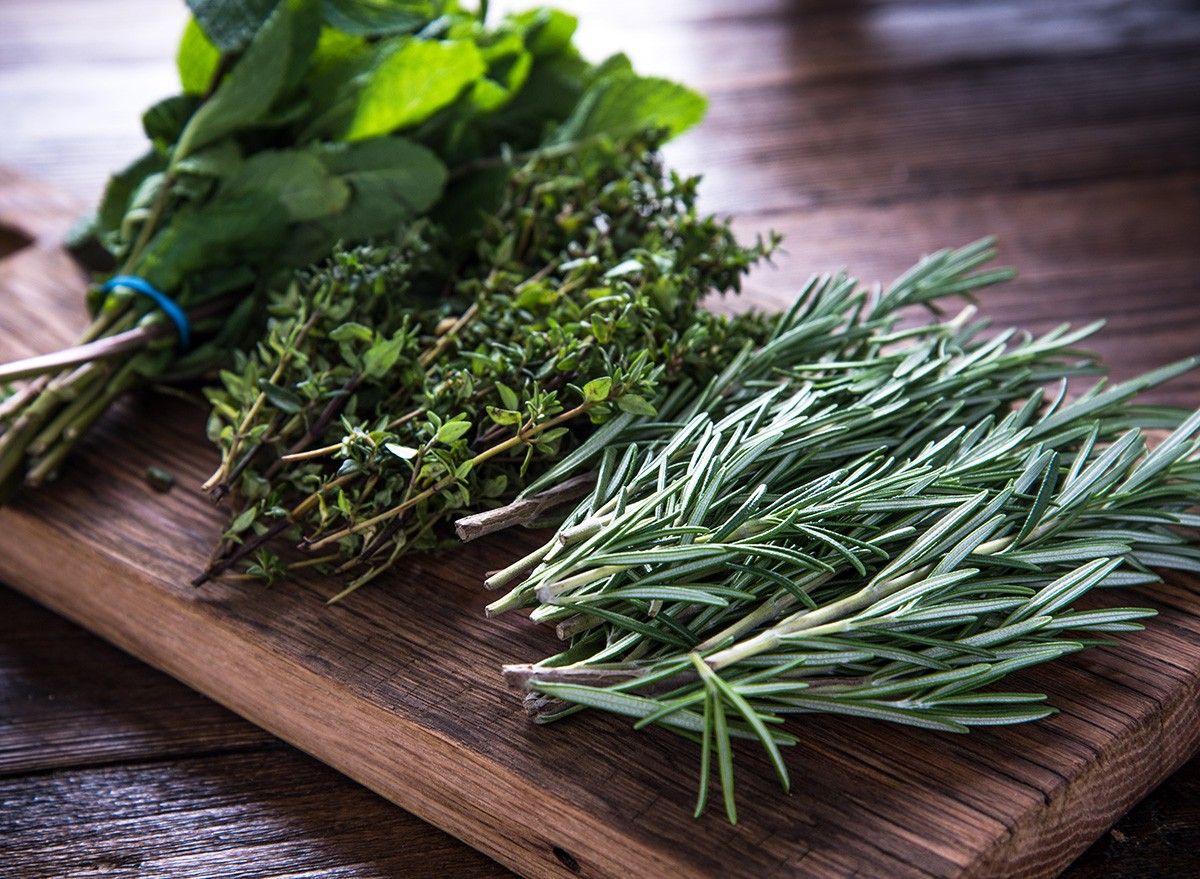
Collingwood adds that sauces can add up not only in fat and calories, but also in sodium. "Using dried or fresh herbs as flavoring can go a long way instead of relying on sauces. Or you can definitely go with lower calorie sauces like the Walden Farms mentioned or some of the light or fat free dressings," she says.
💪🔥Body Booster: Every calorie counts when you take into consideration things you consume every day, like oils and sauces. An extra 120 calories a day adds up!




